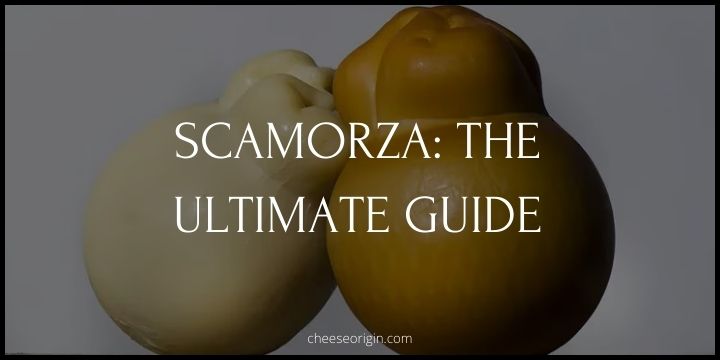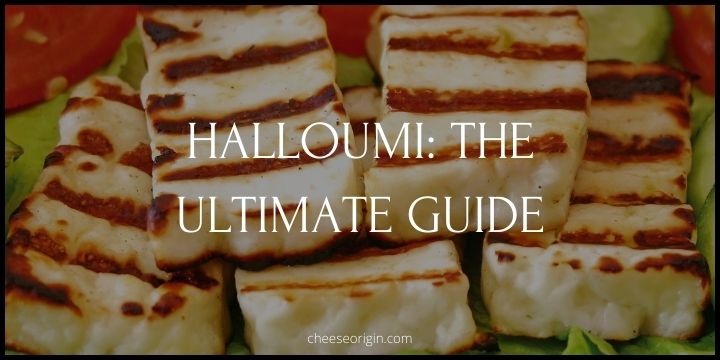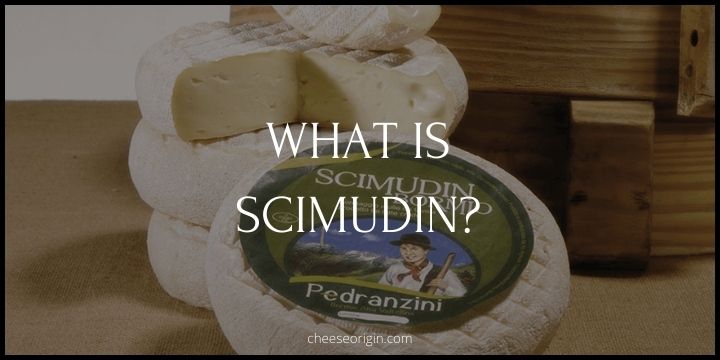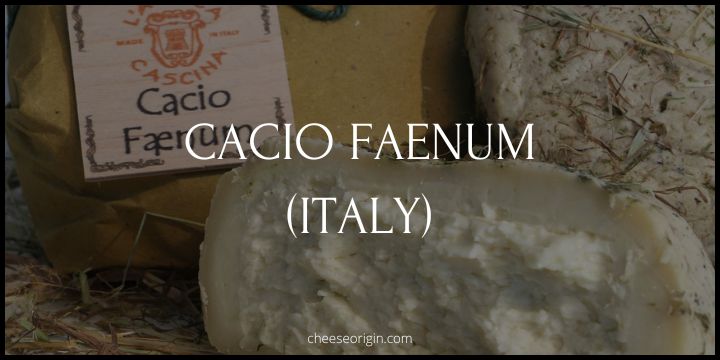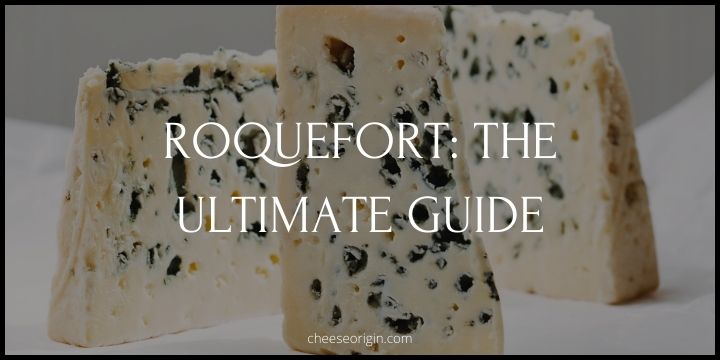What is Blue Castello? The Creamy Danish Delight
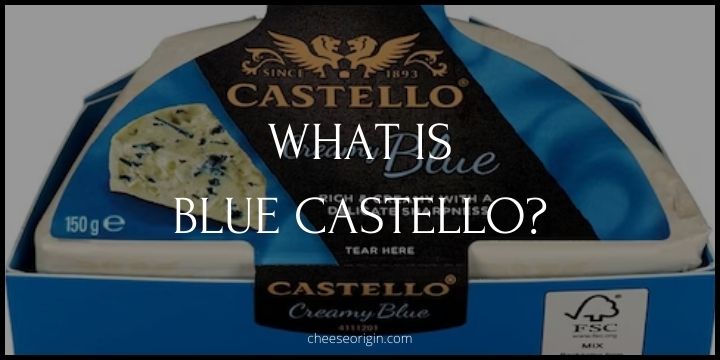
Welcome to the world of gourmet cheeses, where each bite invites you to a new experience, a new adventure. Today, let’s explore a creamy Danish delight that has been captivating cheese lovers for decades — the Blue Castello. This unique cheese, with its rich history and distinctive flavor profile, is a gem in the crown of Danish dairy artistry. A delicacy that stands out even in a country renowned for its exceptional cheese-making traditions.
Quick Facts About Blue Castello
| Quick Facts | Details |
|---|---|
| Origin | Denmark |
| Cheese Type | Soft, blue-veined |
| Milk Type | Cow’s milk |
| Texture | Creamy and crumbly |
| Flavor Profile | Mild, tangy, slightly sweet |
| Color | Pale yellow with blue veins |
| Rind | Edible, bloomy |
| Aging Time | 2-3 months |
| Pairings | Sweet wines, fresh fruits, dark chocolate |
| Serving Suggestions | On a cheese board, in salads, on burgers |
| Storage | Refrigerate, tightly wrapped |
| Nutrition | High in protein and calcium |
What is Blue Castello?
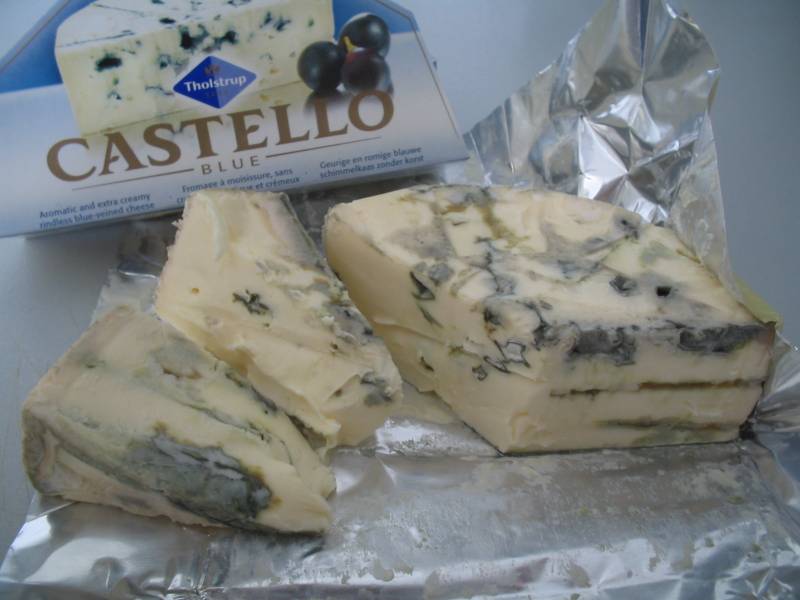
Tucked away in the heartland of Denmark’s dairy farms, there’s a cheese that has been quietly captivating the palates of cheese lovers worldwide – the Blue Castello. This Danish delight is a soft, blue-veined cheese with a story as rich and interesting as its flavor.
Blue Castello is a testament to Denmark’s cheese-making prowess. Crafted from cow’s milk, it boasts a creamy texture that’s perfectly balanced by a crumbly heart. The cheese’s pale yellow hue is beautifully marred by streaks of blue veins, a characteristic trait of blue cheeses. But don’t let its robust appearance fool you. Blue Castello offers a surprisingly mild, tangy, and slightly sweet flavor that sets it apart from its more pungent counterparts.
What makes Blue Castello truly shine is its versatility. Its unique flavor profile pairs well with sweet wines, fresh fruits, and even dark chocolate, making it a star on any cheese board. Whether it’s elevating a simple salad, adding a gourmet touch to burgers, or being savored on its own, Blue Castello never fails to impress.
But perhaps the most fascinating aspect of Blue Castello is its aging process. Aged for only 2-3 months, it’s a testament to the art of quick maturation, retaining a freshness that’s rare in the world of blue cheeses. It’s this combination of young vitality and mature complexity that makes Blue Castello a true culinary masterpiece.
In essence, Blue Castello is not just a cheese; it’s a sensory experience that takes you on a gastronomic journey through Denmark’s rich dairy tradition. So, the next time you’re looking to explore the world of cheese, let the Blue Castello be your guide. You won’t be disappointed.
What Does Blue Castello Taste Like?
Blue Castello taste is a unique combination of mild, tangy, and slightly sweet flavors. Unlike many blue cheeses that have a strong, pungent flavor, Blue Castello is more subtle, making it a great introduction to blue cheese for those new to this type of cheese.
The cheese has a creamy and buttery texture that melts in the mouth, releasing its complex flavor profile. The blue veins running through the cheese add a hint of sharpness, but it’s balanced by the overall creaminess and sweetness of the cheese.
Blue Castello Tasting Notes
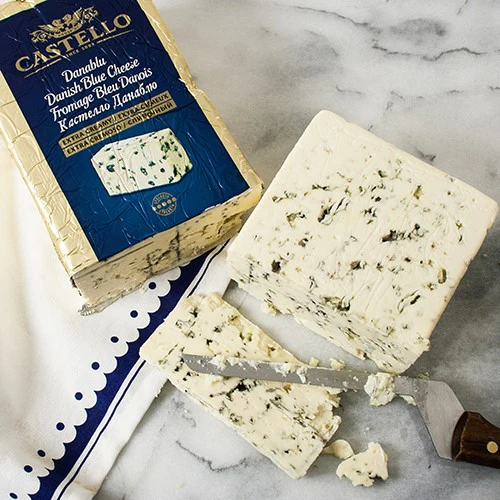
- Texture: Creamy, crumbly, and buttery. Melts in the mouth.
- Flavor: Mild, tangy, with a hint of sweetness.
- Sharpness: Moderate sharpness due to the blue veins, balanced by the creaminess of the cheese.
- Aroma: Subtle, not as pungent as other blue cheeses.
- Aftertaste: Lingering, pleasant, mildly sweet aftertaste.
- Appearance: Pale yellow with distinctive blue veins. Edible, bloomy rind.
How to Eat Blue Castello?
- Cheese Board: Add Blue Castello to your cheese board. Its unique flavor profile and striking appearance make it a standout among other cheeses.
- Wine Pairing: Enjoy Blue Castello with a glass of sweet wine. The cheese’s mild, tangy, and slightly sweet flavor pairs perfectly with the sweetness of the wine.
- Fruit Companion: Pair Blue Castello with fresh fruits like pears, apples, or grapes. The freshness of the fruit complements the creaminess and slight sharpness of the cheese.
- Gourmet Burgers: Crumble Blue Castello over your burger for a gourmet touch. Its creamy texture and distinctive flavor add depth to the dish.
- Salad Topping: Use crumbled Blue Castello as a salad topping. It adds a rich, tangy flavor to fresh greens.
- Baking Ingredient: Incorporate Blue Castello into your baking. It melts beautifully and can add a luxurious touch to quiches, pies, or tarts.
- Dessert Pairing: Pair Blue Castello with dark chocolate for a decadent dessert. The hint of sweetness in the cheese complements the bitterness of the chocolate.
- On its Own: Finally, savor Blue Castello on its own. Let it come to room temperature to fully appreciate its complex flavors. Enjoy it with a piece of crusty bread for a simple yet satisfying snack.
10 Best Blue Castello Substitutes
| Substitute | Description |
|---|---|
| Gorgonzola | An Italian blue cheese with a crumbly texture and tangy flavor. It’s slightly stronger than Blue Castello, but the creaminess is similar. |
| Cambozola | A German cheese that is a combination of Camembert and Gorgonzola. It has a creamy texture and a mild blue cheese flavor. |
| Stilton | An English blue cheese known for its strong flavor and crumbly texture. It’s more pungent than Blue Castello, but it can be used in most recipes that call for blue cheese. |
| Roquefort | A French blue cheese made from sheep’s milk. It has a strong, tangy flavor but shares the same creamy texture as Blue Castello. |
| Danish Blue | Another Danish blue cheese, it’s stronger and more pungent than Blue Castello but shares a similar creaminess. |
| Bleu d’Auvergne | A French blue cheese that is creamier and milder than Roquefort, making it a good substitute for Blue Castello. |
| Fourme d’Ambert | This French blue cheese is mild and creamy, with a unique fruity flavor. It’s a great substitute for Blue Castello in salads and cheese boards. |
| Bresse Bleu | A French blue cheese known for its creamy texture and mild flavor. It can be used in the same way as Blue Castello. |
| Cashel Blue | An Irish blue cheese that is creamy and mildly tangy. It’s a good substitute for Blue Castello in recipes that call for a milder blue cheese. |
| Blue Brie (Bleu de Bresse) | A French blue cheese that is creamy and mild, much like Blue Castello. It’s a good choice for those who prefer less pungent blue cheeses. |
What Pairs Well With Blue Castello?
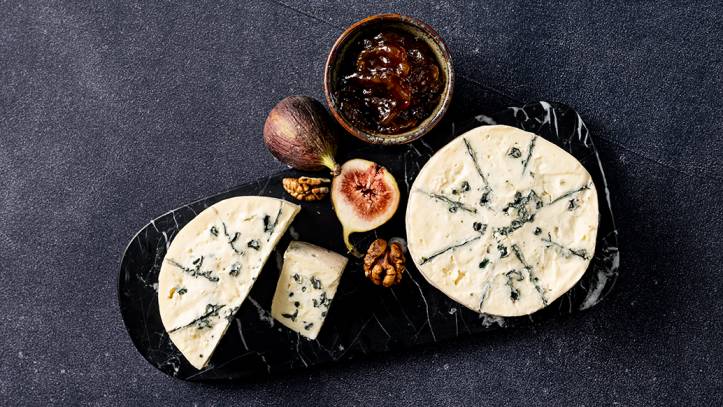
Food that goes well with Blue Castello:
| Category | Food Pairings with Blue Castello |
|---|---|
| Bread/Biscuits | Baguette, Whole Grain Bread, Artisan Crackers |
| Fruits | Pears, Grapes, Apples |
| Meats | Prosciutto, Salami, Roast Beef |
| Vegetables | Tomatoes, Roasted Bell Peppers, Grilled Zucchini |
| Nuts & Seeds | Walnuts, Almonds, Pecans |
| Condiments & Spreads | Honey, Fig Jam, Quince Paste |
| Desserts | Dark Chocolate, Almond Biscotti, Fruit Tarts |
| Seafood | Smoked Salmon, Grilled Shrimp, Marinated Anchovies |
| Pasta & Grains | Ravioli, Gnocchi, Farro Salad |
| Herbs & Spices | Basil, Oregano, Black Pepper |
Beverage that goes well with Blue Castello:
| Category | Beverage Pairings with Blue Castello |
|---|---|
| Wine | Port, Sauternes, Chardonnay, Riesling |
| Beer | Stout, Belgian Ale, IPA, Brown Ale |
| Spirits | Brandy, Whiskey, Rum, Tequila |
| Non-Alcoholic | Apple Cider, Grape Juice, Herbal Tea, Coffee |
Also read: Top 10 Champagne & Cheese Pairings to Try at Least Once
Also read:
- What is Danish Blue (Danablu)? Denmark’s Favorite Blue Cheese
- What is American Grana? Redefining Parmesan in the US
- What is Tilsit Cheese? An Age-Old Culinary Secret
- What is Maasdam? The Dutch Cheese with Swiss Roots
- Top 10 Most Popular Semi-hard Cheeses in the World
- What is Maredsous Cheese? Belgium’s Loaf-Shaped Legacy
- What is Fromage de Herve? Belgium’s Soft Cheese Sensation
